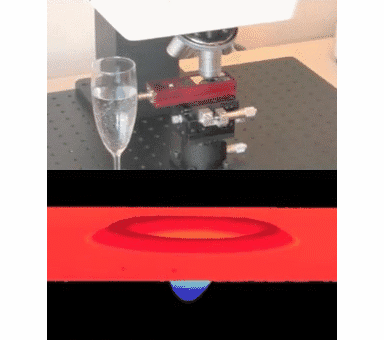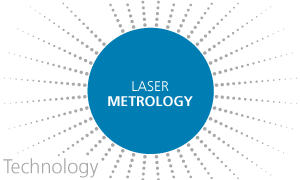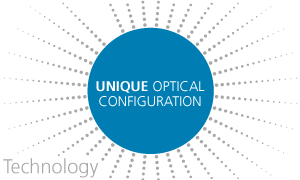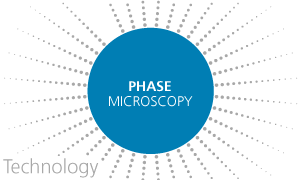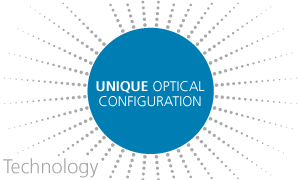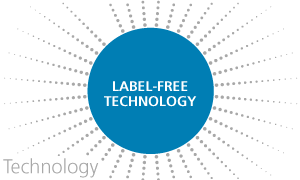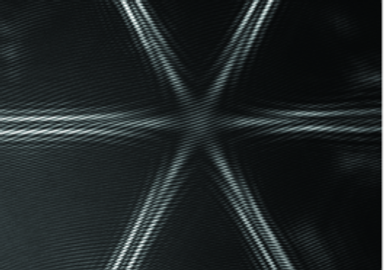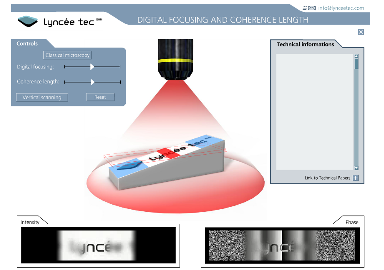Non-Scanning Microscopy
Lyncée Tec DHM® are configured in the so-called off-axis configuration [Cuche 1999]: Holograms encode the 3D topography in a 2D image that can be recorded by a digital camera with a single frame acquisition. DHM® performs single-shot acquisition and opens the way to live 3D topography.
The 3D measurement rate, i.e the hologram acquisition rate, is only limited by the camera acquisition rate. There is no need to perform multiple acquisitions of images as necessary for phase shifting and coherence scanning interferometers, or to perform lateral scanning as for laser confocal and atomic force microscopes. It is an important strength of the Nobel prized invention of Denis Gabor.
Temporal resolution is given by the duration of the acquisition of each hologram. It is controlled and limited by the camera shutter and the laser power: enough light needs to be collected during the measurement for optimal quality. For applications necessitating extremely high temporal resolution, camera acquisitions are synchronized with laser pulses.
Why does DHM® enable fast sample screening?
3D measurements are displayed and analyzed at camera rate. This enables you to screen your sample by moving it laterally under the microscope objective to immediately observe and localize, in 3D, interesting details, presence of defects, or dices variability over a full wafer. Being able to observe efficiently large areas of the sample, allows you to discover much more about your sample.
Why does DHM® enable live interaction with a sample?
Modification of the sample topography induced by a mechanical force, a chemical reaction, a temperature or pressure change, or by application of a voltage can be observed instantaneously and measured live.
Why does DHM® enable fast acquisition with a high speed camera?
Acquisition rate of a non-scanning system as DHM® is only limited by the frame rate of the camera. There is no other limitation.
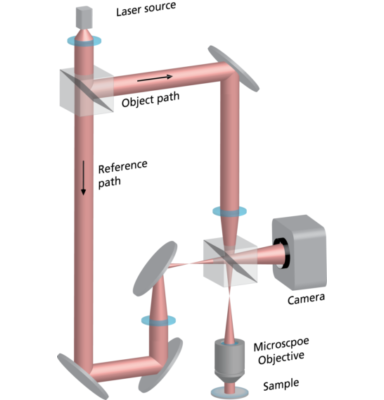
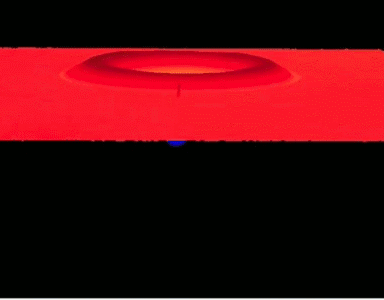
Why does DHM® perform in-line measurements without stopping the sample?
Short acquisition time enables to capture 3D topography on moving samples, without stopping them. Displacement speed is limited by the camera shutter duration and on two conditions of the sample displacement distances during the acquisition time: (1) the sample should not move laterally over a distance larger than half of the required lateral resolution, and (2) the vertical displacement of the sample should not be more than 100 nm. An example is the quality control of the topography of solar wafer performed directly on the convey tray, without stopping the sample.
Why is DHM® more reliable and robust?
Scanning mechanisms are complex and prone to failure and drift over time. They need regular maintenance and calibration. Non-scanning systems require reduced maintenance as well as calibration time and cost, enhancing your confidence in the measurement reliability.
Why are DHM® insensitive to vibrations?
In laboratories, clean rooms and production environments, the surrounding noise spectrum range varies from a few Hz, due to the presence of compressors, pumps, elevators, to a few hundred of Hz due to traffic and transformers and can reach about 10-20 kHz due to acoustic waves. Standard DHM® have an acquisition rate generally shorter than the timescale of movements produced by noise. Topography measurements by DHM® are not affected by vibrations and do not necessitate special tables with anti-vibration damping systems. Note that some samples and time-lapse measurement protocols are vibration sensitive (accelerometers, gyroscopes, cells in suspension in liquid, etc.). Lyncée Tec supplies optional anti-vibration tables.
